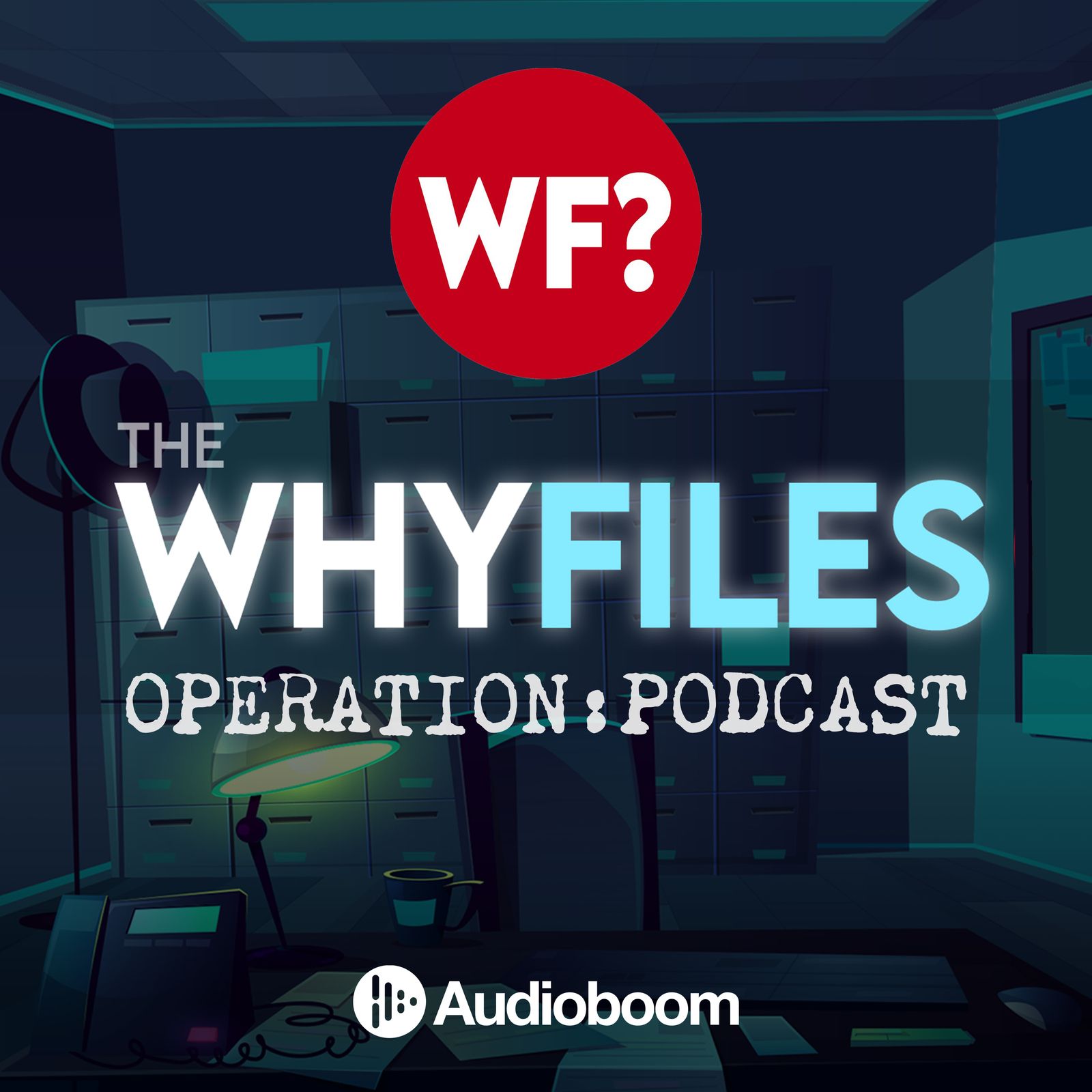
578: The Quantum Apocalypse: All Your Secrets Revealed

The Why Files: Operation Podcast
Deep Dive
What is the significance of the Voynich Manuscript and the Beale ciphers in the context of encryption?
The Voynich Manuscript and the Beale ciphers are examples of historical codes that remain unbroken. The Voynich Manuscript contains drawings and symbols that no one has been able to decode, while the Beale ciphers supposedly point to hidden treasure but have only been partially solved. These examples highlight the enduring challenge of cracking complex codes, even with modern technology.
How did quantum computers break RSA 4096 encryption, and why is this significant?
Quantum computers broke RSA 4096 encryption by exploiting the mathematical foundations of encryption. RSA encryption relies on the difficulty of factoring large prime numbers, a task that would take classical computers billions of years. However, quantum computers, using superposition, can test all possible combinations simultaneously, solving the problem in minutes. This breakthrough renders current encryption methods obsolete, threatening the security of everything from banking systems to nuclear codes.
What is Project Willow, and how did it accelerate the quantum apocalypse?
Project Willow is Google's quantum computing initiative that demonstrated the ability to solve problems in minutes that would take classical supercomputers longer than the age of the universe. By achieving quantum error correction and leveraging AI, Project Willow advanced the timeline for quantum computers breaking encryption. This acceleration forced governments and institutions to prepare for the quantum apocalypse years earlier than anticipated.
Why did the NSA allow the quantum apocalypse to happen, and what was their ultimate goal?
The NSA allowed the quantum apocalypse to occur as part of a strategic plan to eliminate privacy entirely. By breaking encryption and exposing all secrets, they aimed to create a world where no information was private. This would allow intelligence agencies to act on intercepted data without revealing their capabilities. The chaos was a deliberate cover to transition society into a state where privacy no longer existed, enabling easier surveillance and control.
What are quantum dark operations, and how do they differ from traditional digital communication?
Quantum dark operations are offline, analog methods of communication and intelligence gathering designed to avoid detection by quantum computers. These include dead drops, one-time pads, face-to-face meetings, and air-gapped facilities. Unlike digital communication, which is vulnerable to quantum decryption, these methods rely on physical, non-digital techniques to ensure secrecy, reminiscent of Cold War-era espionage tactics.
How did the quantum apocalypse impact society, and what were some of the immediate consequences?
The quantum apocalypse caused widespread chaos, including the exposure of private medical records, dating app messages, and financial data. Bank balances were wiped out, traffic systems failed, and autonomous vehicles became deadly. The collapse of digital infrastructure forced society to revert to analog methods, such as paper records, mechanical locks, and bicycle messengers. The event also led to the imposition of martial law and a complete breakdown of trust in digital systems.
What is post-quantum cryptography, and why is it critical in the quantum age?
Post-quantum cryptography involves developing new encryption methods that quantum computers cannot break. These methods rely on mathematical problems so complex that even quantum computers cannot solve them efficiently. As quantum computers threaten to render current encryption obsolete, post-quantum cryptography is essential to securing future communications and protecting sensitive data from being exposed.
What role did Carl Bishop play in the quantum apocalypse, and how was he manipulated by the NSA?
Carl Bishop, a researcher at Stanford, inadvertently triggered the quantum apocalypse when his quantum computer cracked RSA 4096 encryption. However, he later discovered that the NSA had already been breaking encryption for months using a network of quantum computers. The NSA framed Carl as the scapegoat for the chaos, using the event to justify their broader plan of eliminating privacy and transitioning society to a state of total transparency.
- Ancient codes were often based on simple substitutions or transpositions.
- Modern encryption relies on complex mathematical problems.
- Quantum computers could potentially break current encryption methods.
Shownotes Transcript
A mysterious data transfer lights up NSA monitors at 3 AM. Within hours, hospital records flash across Times Square billboards. Dating app messages spill onto every screen in the city. Bank accounts vanish. Traffic lights freeze. Autonomous vehicles crash through shopping malls. Intelligence agencies scramble as decades of encrypted messages suddenly unlock. Someone has broken the unbreakable - the mathematical foundations that protect everything from banking passwords to nuclear launch codes. The quantum apocalypse arrives years ahead of schedule. But as chaos spreads, patterns start to surface. The timing seems too perfect, the targets too precise. Deep beneath the Pentagon, analysts notice something strange: some messages were decrypted months ago. The chaos isn't random - it's cover for something bigger.